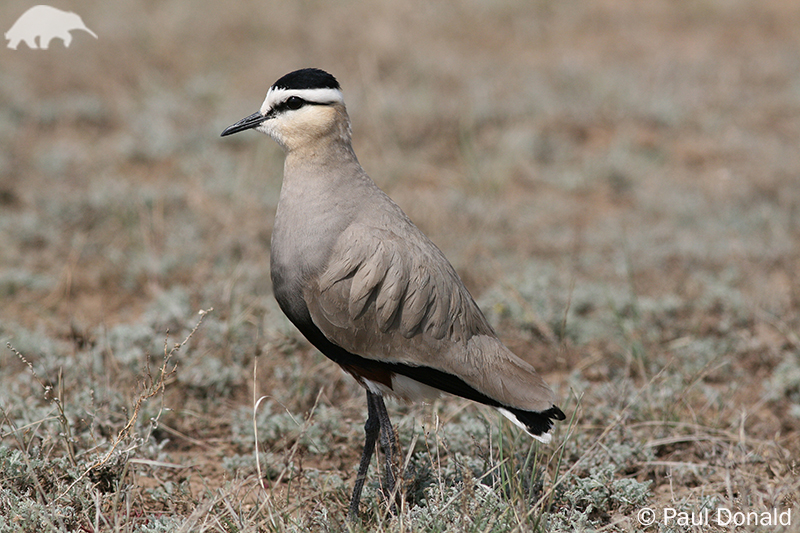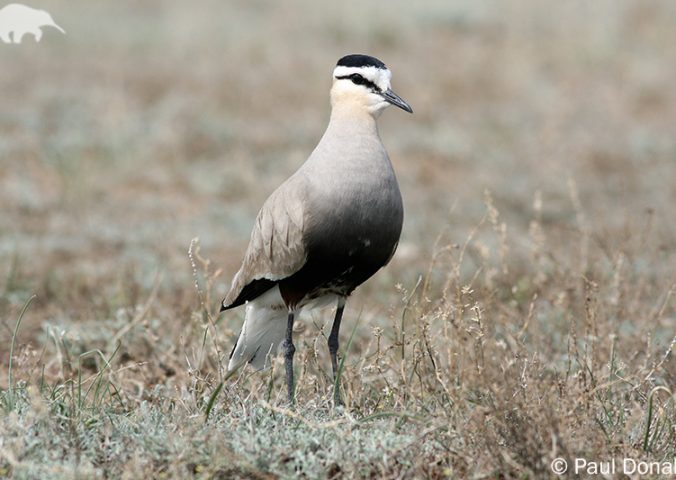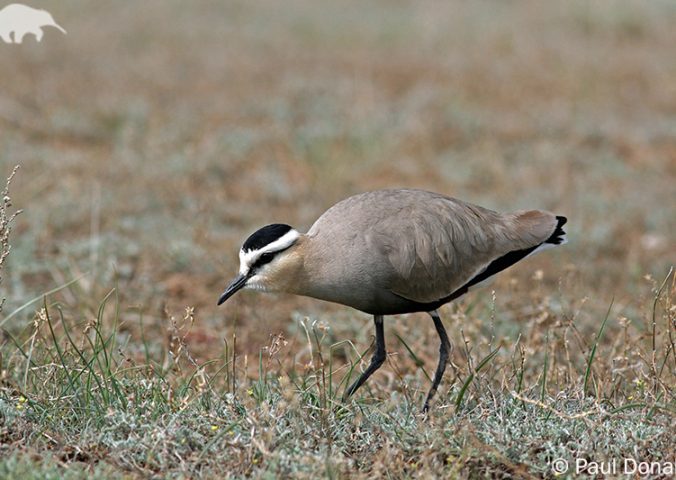About
The Sociable Lapwing is the rarest and most threatened of all birds that live on the Eurasian steppes – the vast grassland areas that stretch from eastern Ukraine to the Altai Mountains.
The lapwing was given its name following observations of the species gathering in large flocks during migration. The Sociable Lapwing is part of the Lapwing genus Vanellus, which diverged from all other species of birds 28 million years ago! The Sociable Lapwing is a steppe specialist. Their wandering nature may have evolved in order to find the short vegetation they prefer to nest in, which is associated with migratory grazing animals. Individuals have been recorded in many unexpected places well outside their normal range including the Maldives and even Essex in the UK! In Europe, the population size is estimated to have decreased by 80% or more in the last three generations and by 25% in just one generation. A global decline of more than 50% is still precautionary inferred for the past three generations, with an ever larger decline predicted for the next three. A major threat to this species is the conversion of steppe into arable cultivation, and illegal hunting along the species’ migratory route and in its wintering grounds. The concentration of nests in heavily grazed areas in the vicinity of villages may have been under threat from human disturbance and trampling from livestock. An international species action plan was published in 2004 as a conservation action. Intensive research at breeding sites is occurring and this species is legally protected in some countries but this may not be enforced.
- Order: Charadriiformes
- Family: Charadriidae
- Population: 11,200
- Trend: decreasing
- Size: 23-30cm
EDGE Score
Distribution
This species breeds in Kazakhstan and Russia and disperses through to Kyrgzstan, Tajikistan, Uzbekistan Turkmenistan, Afghanistan, Armenia, Georgia, Azerbaijan, Iran, Iraq, Saudi Arabia, Syria, Turkey and Egypt, to key wintering sites in Sudan, Pakistan and India
Habitat and Ecology
This is a migratory species, breeding semi-colonially in groups of 3-20 pairs. They migrate south in August and depart the wintering grounds in March, arriving on its breeding range in April. They breed on grassland steppes. They use dry wasteland, cultivated, ploughed and stubble fields. Their association with grazing animals is very strong and they often lay their eggs in scrapes lined with dry dung.




